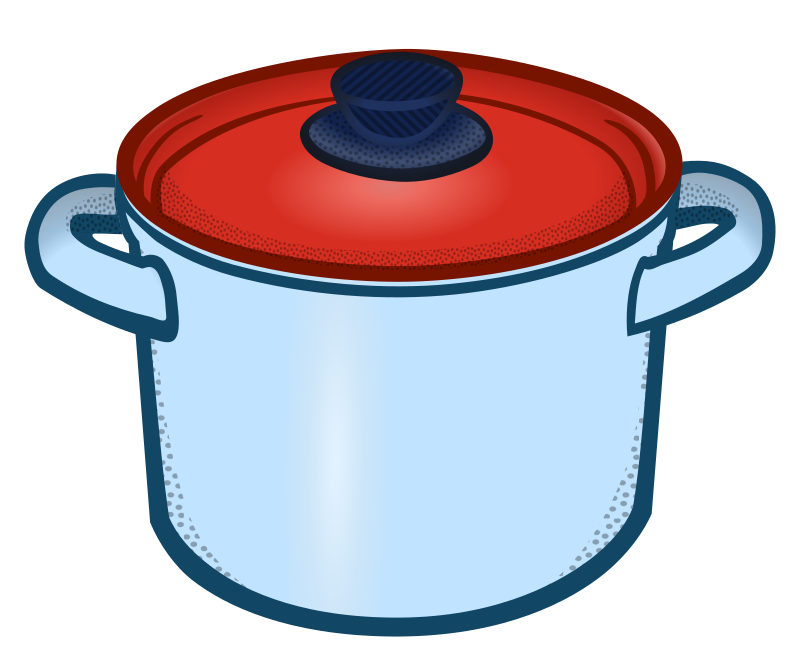Good rules or bad rules? (#36)
Many years ago when I was taking a degree course in Mechanical Engineering, I remember my first real brush with data modelling and computers. It was getting used to data input for computer programs where data had to be put in the correct format to be read by the program. In those days, input was [...]










